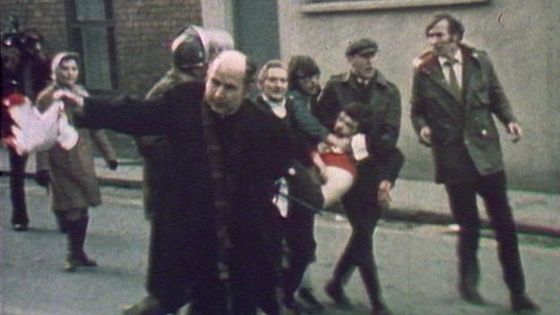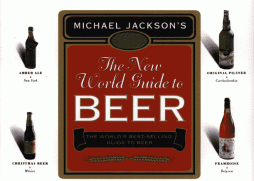
In the Middle Ages, beer was the drink of the people. ‘Ordinary’ rain and canal water was not safe to drink. Because the drink had to be heated during the production process, the barley juice contained fewer harmful bacteria than water and was therefore healthier. It is estimated that the average Frisian drank as much as 275 to 300 litres per year by the end of the Middle Ages, an average of just under a litre per day. This beer was often brewed at home and contained only a very low alcohol percentage.
The reason why I mentioned Frisian in the previous paragraph is because Leeuwarden is the Frisian capital. Friesland is a Northwestern province in the Netherlands.
In keeping with the divided nature between their external rulers and their internal governance, the provinces of the Netherlands developed from traditional tribal areas, maintaining their own customs and often their own languages. Even today, the Netherlands recognizes Dutch, Frisian, and Limburgish as official and distinct languages.
On 21 January 1435, the city of Leeuwarden became one of the villages of Aldehou and Hoek. Before that time, Leeuwarden consisted only of Nijehou, which lay on the terp of the Middelzee. This amalgamation was subject to a few conditions:
- No citizen of Holland should ever be allowed
civil rights in the new city.
This condition was probably directed against the powerful lord of Hoek, Pieter van Cammingha. Previously, Pieter had negotiated with the Holland count. The Camminghas had a lot of money and power. They owned no less than six stinzen (the first stone houses were called stone houses and later shortened to stinzen).
- In the city of Leeuwarden, no beer other than
Leeuwarden beer was allowed to be served,
so only beer was brewed in the city.
The mighty beer brewers’ guild must have tried everything to make this obligation valid for the whole year, but they never quite succeeded. Because much more beer was drunk in the summer than in the winter, it was agreed that other beer could also be sold in Leeuwarden in the summer. For a few years, this rule was deviated from and it was therefore also forbidden to drink ‘beer from outside’ in Leeuwarden in the summer.

Thus it came to pass in the early summer of 1487 that the town leaders of Leeufwarden determined that to protect the business interest of the local brewers (and the city’s tax revenue from brewing), it would be necessary to ban the importation of all beers not brewed within the city. They further banned the selling of any existing stocks of foreign beers — a move that did not sit well with the local tavern owners.
Matters came to a head on July 24, a market day, when a large number of farmers were in the city to sell their produce who desired to quench their thirst before heading home, prevailed upon a local tavernkeeper to open his stock of Haarlem Beer. When the incident was reported to the authorities, an attempt was made to arrest the tavernkeeper and expel his patrons, who were now well fortified with the strong brew. A general riot ensued, and in the following days, citizens from neighbouring towns, estimated to number more than 8,000, besieged the city hall demanding that the ban on imported beer end.
On Monday 25 July, the army of 8,000 set out for Leeuwarden. At three o’clock in the afternoon, an attack was launched in the vicinity of the Gardens with explosive violence. However, the Leeuwarders were on edge and braced themselves. They fought back, but soon a second attack followed. The Leeuwarders also managed to repel that attack. Then there was a third wave of attacks. With deafening noise, a hurricane of violence pounds on the Leeuwarden defence line, which was weakened at this stage. The people of Leeuwarden were forced to withdraw, and the attackers entered the city en masse. There were many deaths.
While today, the Netherlands is recognized as a unified country, through much of its history the country has been more often divided than not.
sources













 No this is not a Carlsberg ad.”Carlsberg don’t do floods but if they did”
No this is not a Carlsberg ad.”Carlsberg don’t do floods but if they did”
















You must be logged in to post a comment.